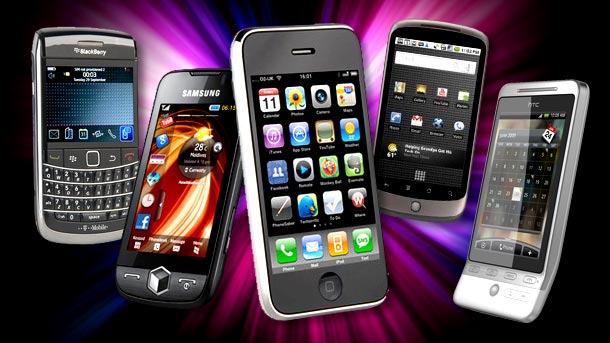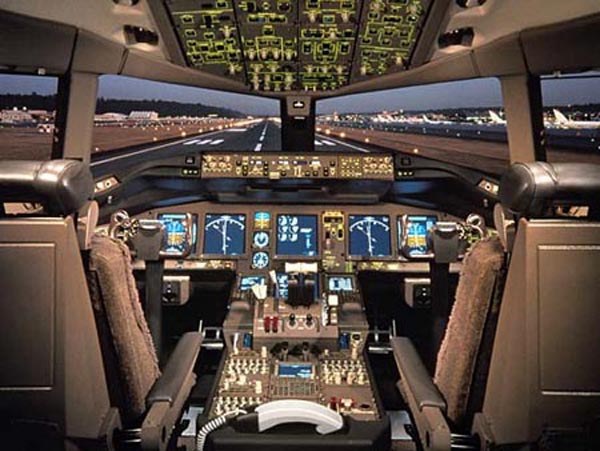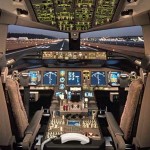 We live in the age of instant access to information literally in the palm of your hand. As more and more information becomes available on smartphones, notebooks and pads, their ligitimate use by healthcare workers has increased. However, the device that delivers information can also create distractions.
We live in the age of instant access to information literally in the palm of your hand. As more and more information becomes available on smartphones, notebooks and pads, their ligitimate use by healthcare workers has increased. However, the device that delivers information can also create distractions.
Lawyers know that distracted healthcare workers are more likely to make errors and frequently examine phone records when investigating an injury to a patient. The following come from the leagal blog “FindLaw KnowledgeBase”
- Medical errors and other adverse events in hospitals claim nearly 180,000 lives every year. This is an astonishing number, and it implicates all types of medical professionals providing care in a hospital setting.
- More comprehensively, anesthesiologists are responsible for monitoring the condition of the patient throughout the surgical procedure. This includes paying close attention to oxygen levels and temperature.
An article published in Anaesth Intensive Care. 2012 Jan;40(1):71-8 By Jorm CM, O’Sullivan G. made the following points
- Experienced anaesthetists are skilled at multi-tasking while maintaining situational awareness, but there are limits. Noise, interruptions and emotional arousal are detrimental to the cognitive performance of anaesthetists.
- While limited reading during periods of low task load may not reduce vigilance, computer use introduces text-based activities that are more interactive and potentially more distracting
When preparing for legal action, lawyers commonly apply the standards set forth by the professional organization. Non compliance with established guidelines strengthens the case against the anesthetist. The AANA does not have a formal policy statement, however they have a position statement 2.18 regarding the use of mobile devices. The following is from the AANA position statement 2.18
Mobile Devices may:
Aid communication
Cause a contamination risk
May distract anesthetists / reduce vigilance
Should never be used for reading, gaming or texting
Camera use violates HIPAA regulations
Use should follow institutional policy
The risks of Anesthetists distracted by mobile devices is well documented. CRNAs are advised to avoid using devices for personal entertainment and to always base decisions on patient safety.


